We're excited to be heading to The Old World with Cubicle 7's Latest Release
Review by GM Brad
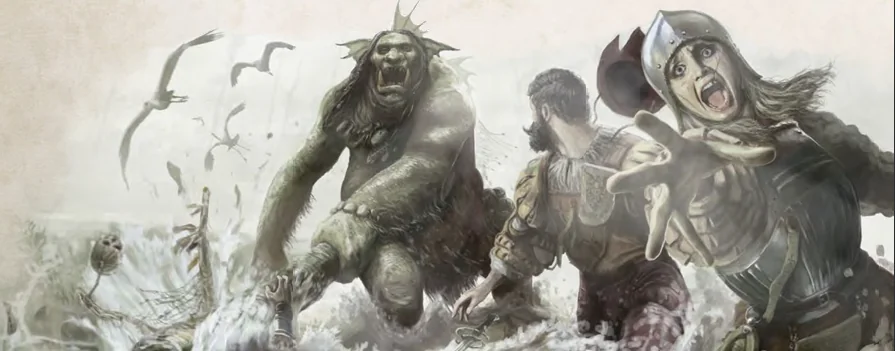
In early 2024, Games Workshop brought back the world that was with the highly anticipated release of Warhammer: The Old World. The return of the tabletop miniature wargame was accompanied by Cubicle 7 announcing a new RPG system within this setting, and I have been anxiously waiting for this game to release ever since. Launching just a few days ago on June 19, 2025 Warhammer: The Old World Roleplaying Game (TOW) hit the ground running, the obvious excitement paired with some trepidation in many Warhammer RPG circles. Available for preorder both physically and digitally (with physical orders receiving a PDF copy and shipping in Q1 2026), Warhammer: The Old World Roleplaying Game (TOW) Player’s Guide is the first entry in this new system, and I was lucky enough to get a review copy to share my thoughts.
The Old World isn't here to replace Warhammer Fantasy Roleplay
Let’s start by addressing the main concern that is floating around the Warhammer Fantasy RP circles. Cubicle 7 has stated in no uncertain terms that TOW is not here to replace Warhammer Fantasy Roleplay (WFRP); both systems will both be supported into the future. TOW has been said to be a “more streamlined” experience, an easier way to adventure in the Warhammer universe than the heavier crunch of WFRP, and I can agree with this. Despite sharing some similarities, the two systems are drastically different, and not just in terms of the setting.
While WFRP 4e is set in and around 2512 (10 years before Warhammer Fantasy Battles), TOW is set over 200 years earlier, in 2276. This era is marked by an over three hundred year period that would come to be known as “The Anarchy”, “The Dark Ages”, or “The Wars of the Many Emperors”. The familiar, unified Empire we know from WFRP, Warhammer: Total War, and Warhammer Fantasy Battles doesn’t exist, with four different claimants currently vying for the Imperial Throne. Lucky they are then that, currently, the external threats of Chaos, Greenskins, and Beastmen are relatively lesser than in years past…
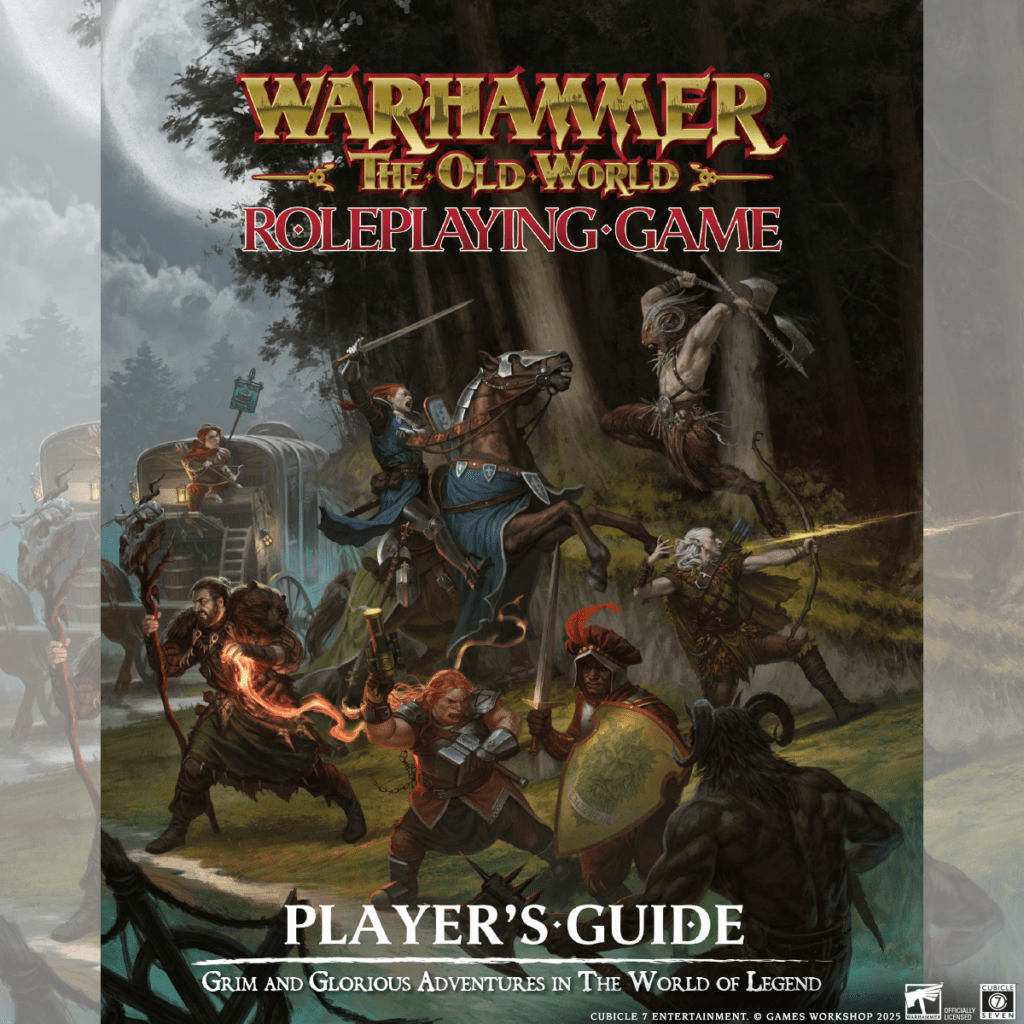
Portents both Grim and Glorious
…or so you’re led to believe. In actuality, forces of evil stir in the darkness, gathering power in secret while waiting for the right time to act. A new mechanic that I am very intrigued by, “The Grim Portent” is where the characters fates become intertwined, where the party establish the cohesion and ties needed for the adventure(s) to come. The Grim Portent hits me as almost a “Session Zero”, taking on some of the work that a group would normally have to create ties that bind them. Every Gamemaster (GM) knows that the tropes of starting in a tavern or waking up en route to some event (looking at you, Skyrim) can be overplayed, and the Grim Portent appears to be a great and collaborative way for the players and GM to establish those initial party connections while avoiding these tropes. As Cubicle 7 states within the guide, “…the function of the Grim Portent is to connect you with other player characters. Make choices that unify you, and give you common purpose.” I’m hopeful that the Gamemaster’s Guide will have even more information on The Grim Portent and examples on running one, as the overall details in the brief two pages of the Player’s Guide was a bit more of a high level overview.
Here Come the Heroes... Sort Of
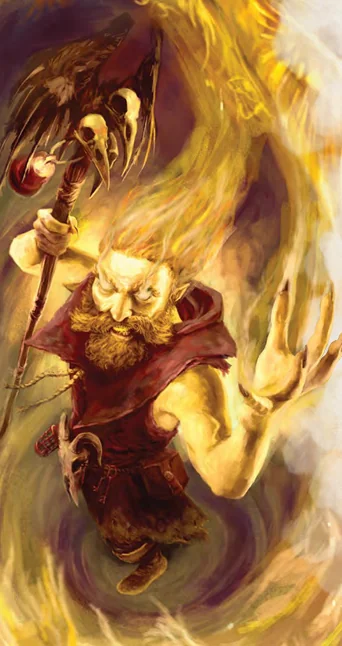
What would a roleplaying game be without the characters we play? From the Wood Elf Wildwood Ranger to the more humble Merchant, TOW has thirty unique career offerings that allow you to tackle the challenges of your Portent and subsequent adventures your way. The careers in TOW lack the career levels of WFRP, evoking a feeling reminiscent of Imperium Maledictum (Cubicle 7’s most recent Warhammer 40,000 Roleplaying Game), where your career is the basic springboard. Like Imperium Maledictum, TOW allows for advancement of any skill, characteristic, and talent you are able to obtain, giving a bit more freedom than the more strict advancement rules of WFRP.
Each Career has Origin information (for example, a Slayer must be a Dwarf, a Knight-Exile a Bretonnian, and a Lothern Sea Guard a High Elf) three Favored Characteristics (reducing the XP cost for advancement), their known Lores, Assets, Contacts, Trappings, and a Career Talent. Assets are special types of equipment that are part of your career and status in the world – perhaps it’s a bakery, or a tavern, or a warhorse and the accompanying stables; whatever it may be, your assets are crucial to WHO you are in this world and your ability to earn coin between adventures. While I had hoped that TOW would implement the Patron system from Imperium Maledictum, the Contacts system is a close second. Connecting players to NPCs within the setting helps to establish ties and reasons for players to want to get involved in the Portent, rather than just scarpering off, while also creating useful contacts for when an investigation hits a roadblock.
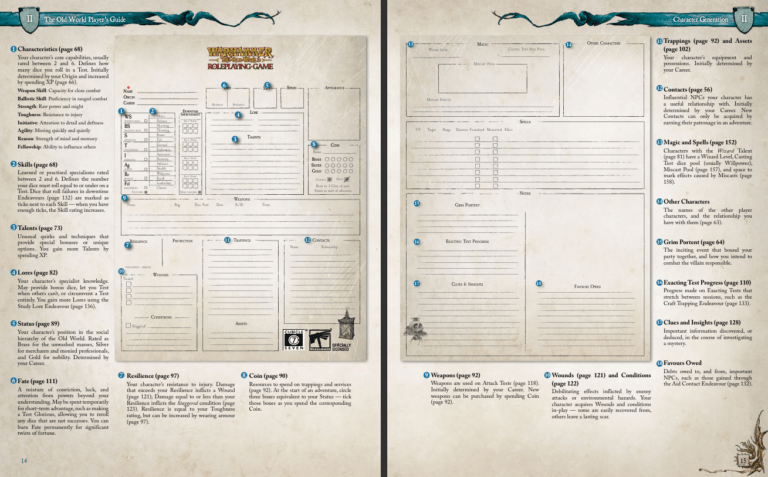
Roll, Roll, Roll Your Die
Warhammer: The Old World pivots from both WFRP and Imperium Maledictum by moving away from the D100 system to a D10 die pool system. Each Player Character (PC) has their core characteristic scores, such as Reason (Re), which tell you how many die you roll in a test called by the GM. Each characteristic is a “parent” to two skills, such as Willpower (underneath Reason); this skill indicates the number you must roll equal to or less than on a test to score a success. Skills start, for all races, at 2, with specific skills being raised to 3 from your racial option in Character Creation. Each Career then gives the player the choice to add another +1 to four of six listed skills that are career specific. Following character creation, most characters will have skills in the 2s and 3s, with maybe a lucky 4 to roll against – making success possible but not a guarantee.
While WFRP didn’t have “advantage” for rolling (as you see in Dungeons & Dragons or Imperium Maledictum), TOW brings an advantage style mechanic to the system – Grim and Glorious rolling. If a situation calls for a roll heavily weighted against you, the test would be Grim, with all successful rolls being re-rolled once, and the new results kept. Rolling Glorious has the same concept with the odds now skewed in your favor, and as such all failed rolls are re-rolled one time, keeping the second result. Per the Player’s Guide, these events are supposed to occur very rarely, and they do not stack – though they can cancel out. For instance, if a test is Grim and a player elects to use a Fate point to make it Glorious, the resulting roll would just be a standard roll.
While I hear this is aligned with Warhammer 40,000: Wrath and Glory, I’ve never played this system personally so have no comparison there. Until I can get my hands on and beginning to play TOW, what follows is pure conjecture. I love the D100 system, but I see inherent benefits to TOWs die pool system for both new and veteran groups. Rather than having difficulty modifiers on the test, as you see in both WFRP and Imperium Maledictum, modifiers merely add or remove die from the pool, streamlining testing and removing some of the cumbersome math that can result in WFRP. For new players, the simple concept of “roll any success and you succeed” is easier to dive in to; however, veteran groups and GMs can add scaled complications and outcomes based on the number of successes rolled to give more depth to play in this system.
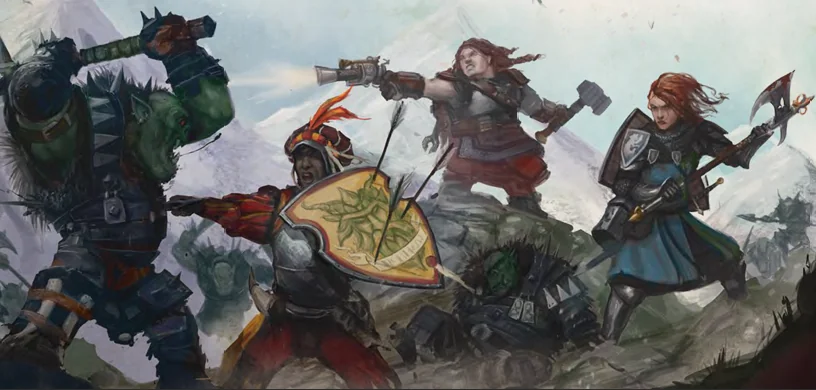
Morr Comes for Everyone, Someday
In Warhammer, death and danger lurk around every corner, in every shadowed glade, and even in the dark alleys of the towns and cities across the world. Every swing of a sword carries with it a risk, and situations that can be avoided with words over blades are always preferred. Inevitably, violence will break out – this is Warhammer, after all. When the blows inevitably fall, TOW has a unique system to handle health and wounds; in most RPGs, a health pool exists to show the slow battering and wounding of both player and non-player characters that eventually results in their death. The Old World tosses out this entire system, removing any type of hit point pool, and each successful attack has the potential to immediately wound.
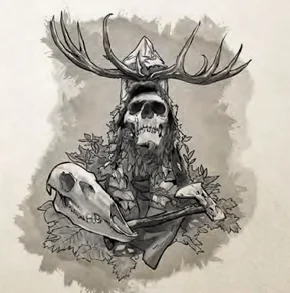
I cannot begin to explain how excited this system makes me. Hit points always felt like the best solution we had, but could lead to moments where truly epic success was stymied by a large health point pool of a monster. Instead, with TOW, you test your attack against the opponents defense; if you succeed, you deal damage equal to the weapons base damage and any successes scored over the defenders test. This damage is then compared to the defenders Resilience, which is the targets toughness plus any bonuses from armor, shields, and other abilities. If the damage exceeds the resilience, a wound is dealt immediately, rolling on the wound table.
For opponents stronger than you, a successful attack that doesn’t deal damage higher than the opponents resilience still inflicts stagger, which by itself does nothing. However, if a staggered opponent is inflicted with stagger again, they must immediately give ground if able, fall prone, or take a wound. I love the mechanical concept of stagger to represent the flow of combat, helping to represent the impacts of being struck but not being immediately wounded when there is no HP pool to take from.
Once a wound is earned, you first roll a single d10 and immediately suffer the effects listed on the wound table at the back of the Player’s Guide. Subsequent wounds are also rolled on the table, but you add an additional d10 to your wound die pool for each untreated wound that you currently have. The wound table is…well, it isn’t great for anyone rolling on it, giving benefit to being able to resolve potential conflicts with minimal risk to your party.
It’s important to note that this entire combat system is predicated on how much risk are you willing to expose yourself to. Low rolls on the wound table can be as trivial as a nicked arm, causing a test to avoid dropping what you are holding. Future rolls are significantly worse, including options like “Blacking Out”, where you must test to avoid losing an eye and are considered blinded until healed. Rolls of 24+ on the wound table cause player death, meaning that death is possible by the third wound, though not probable.
Quick note – thanks to both Lysomniac and Danadas from The Rat Catcher’s Guild on Discord for helping to discern the chance of death per wound. The risk of character death is a mere 8.4% on the third wound (rolling 3d10), jumping to 40.05% with four wounds. Your fifth suffered wound (rolling 5d10) brings a scary 72.79% risk of death, and 6+ wounds exceeds the 90% risk for death, making the embrace of Morr inevitable.
NPC’s are wounded differently, with the full rules coming with the upcoming Gamemaster’s Guide. However, we did see the basic principle that NPC’s are split into four groups: Minions, Brutes, Champions, and Monstrosities. Minions die immediately with any wound, Brutes suffer wounds (but do not use the table), Champions suffer wounds like players and roll on the table, and Monstrosities have their own profile block for what happens when they are wounded.
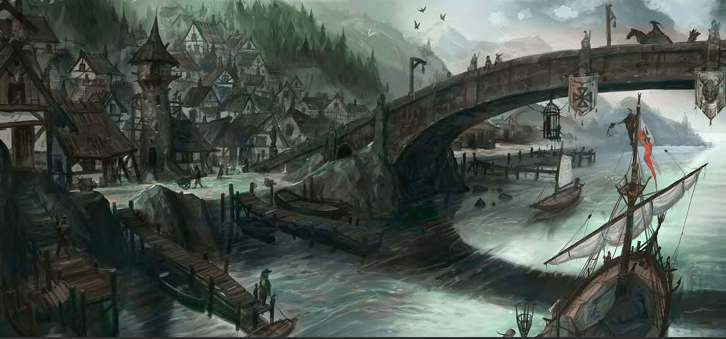
Zones, Fate, and Magic in the Old World
Imperium Maledictum was the first introduction to Zone Combat for our group, and I have to say I love it. It is quicker, more natural and fluid, requiring less crunch and measurement than the specific distances of WFRP. I was very pleased to see that Zone Combat was included in TOW, as well as the reduction of the many expendable resources from WFRP (Fate, Fortune, Resilience, Resolve) to just Fate, as Cubicle 7 did with Imperium Maledictum.
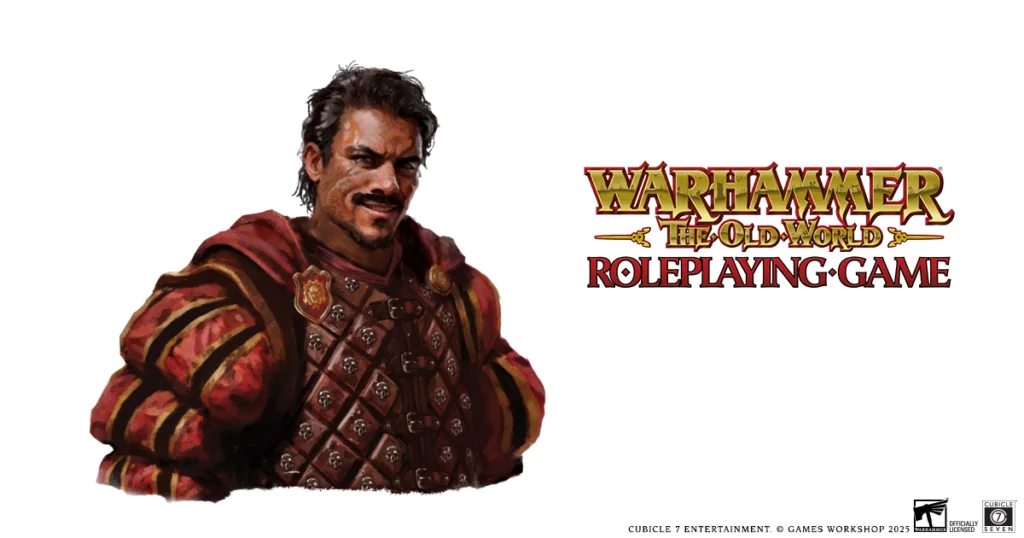
I’m also loving the streamlined magic system we see in TOW; from what I am seeing in many Warhammer groups, I am not alone here. The Old World Roleplaying Game is set in an era when magic is even less common and more feared than it is in WFRP; the Colleges of Magic in Altdorf are still 28 years away. For TOW, all spellcasting is done with what is called an Exacting Willpower Test, which is the same as extended tests for those who know WFRP and Imperium Maledictum. The Caster attempts to get a number of successes equal to the casting value (CV) of the spell, and once they achieve this value they can cast at any time.
When gathering the winds for your spellcasting, you do not need to pick a specific spell until you choose to unleash your pent up power, allowing spellcasters to feel a bit more agency in navigating a shifting combat scenario. The risk of miscasts feels more certain than in WFRP – I am not sure that it is, but all rolled 9s are added to a miscast pool. This miscast is then triggered if that pool ever exceeds your Wizard level, creating a growing risk to casters who must channel the Winds for an extended period of time. Similar to the wounds table, the miscast table is an aggregate of the rolled miscast die totals, with truly horrific results if you roll poorly enough.
The most exciting part of the magic system for TOW is the rules for improvised spells within the system. This single aspect of the magic system feels “natural”, and hit on a question I never knew I had for RPGs prior…can’t a Wizard just use their power within limits to do almost anything appropriate? I’ve never had a player for an RPG asking to create their own spells, per se, but it’s excellent to see guidelines for players and GM’s alike within this Player’s Guide that can help foster that creativity.
The Dead Suns Verdict
If you can’t tell by now, I am very excited to see this system coming to life, and cannot wait to get my hands on the Gamemaster’s Guide to pull together our first Actual Play of TOW. The systems sound functionally streamlined on paper, and I want to see if that translates to a better game experience for a veteran group – and I think it may. The combat system alone has my interest, and I can’t wait to put it to the test.
9.6/10 an absolute required buy for anyone, GM or Player, wishing to play this game. This score is based on the assessment of the rules as written and may be changed when we actually get a chance to play it. If you want to join, pick up your copy here.
Review copy gifted by Cubicle 7 for this review. Dead Suns received no additional compensation for this review.
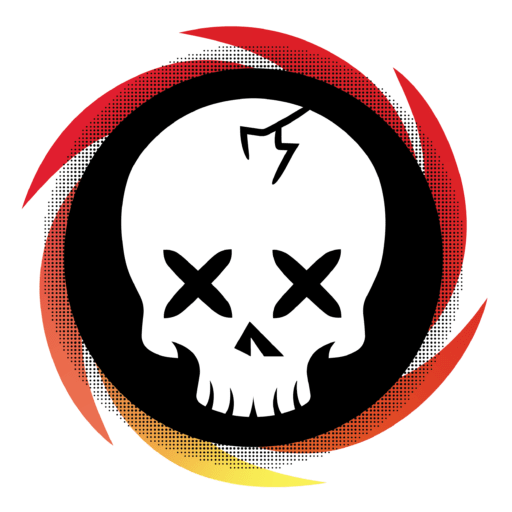


1 thought on “Warhammer: The Old World Roleplaying Game- First Impressions of the Grim and Glorious”
Pingback: Gamemaster's Guide Review: Warhammer The Old World Roleplaying Game - Dead Suns Company
Comments are closed.